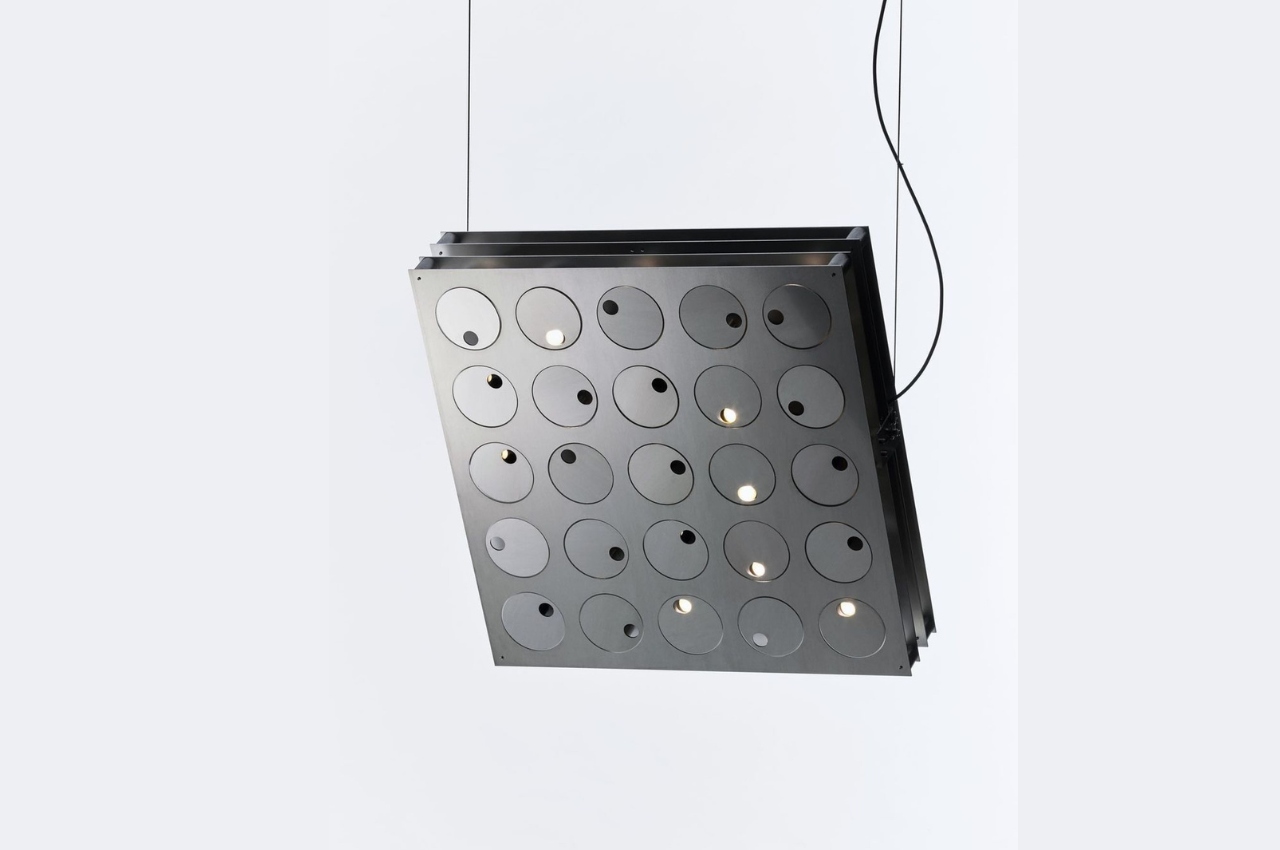
Disco balls were a staple of the clubbing scene from the 70s until 90s or until discos were not popular anymore. If you ask kids these days, they probably cannot tell you what an actual mirror ball looks like, unless they’re into all of these “nostalgic” things. Since we’re in a different era, the disco ball is also probably due for a comeback or even a rebirth.
Designer: Studio Élémentaires

For a design studio that has “Light + Movement” as its motto, you can expect a different kind of disco ball. Studio Élémentaires designed Flasher which looks like a modernist take on the disco ball, taking inspiration from the stage spotlights we see in concerts and plays. The movement of the light source adds to the kinetic and hypnotic beauty of this light fixture meant to light up stages and spaces.

Basically you get a large panel-like 25-light grid with 25 perforated discs. These discs move around in continuous motion but in different directions and timing. The lights flash continuously, appearing and disappearing “in vivid chiaroscuro contrast”. The panel itself has a monochromatic look and the high shine aluminum plates give it a shining appearance. There are also pulleys, belt paths, and bearings involved in the structure.

What the renders fail to show is the actual effect of this kinetic lighting on the space that it’s lighting. But I can just imagine that it is not for those that are affected with flashing strobe lights or even those that have vertigo.

The post Modern take on disco balls brings kinetic panel with 25 lights first appeared on Yanko Design.